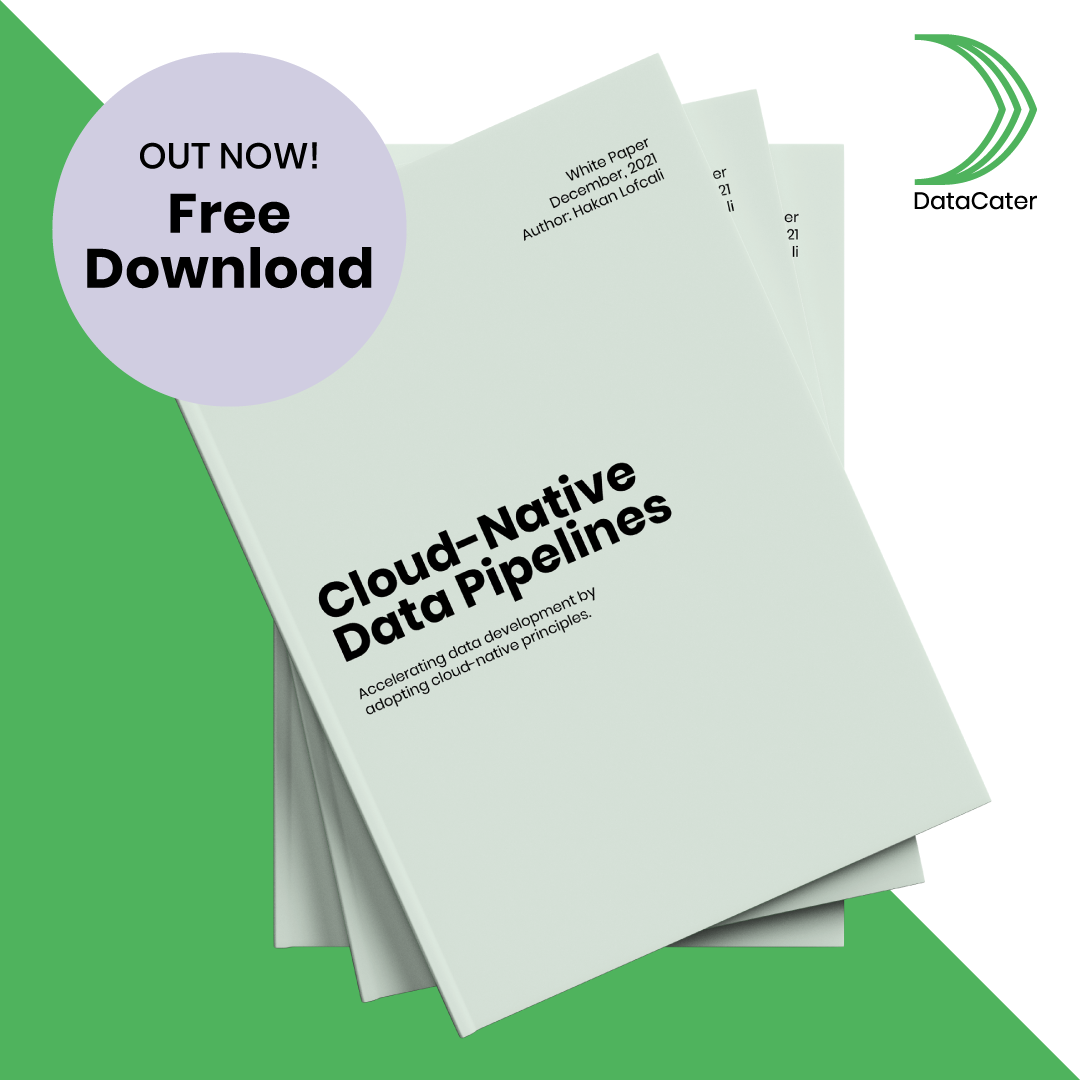Sidecars: Observability for Cloud-Native Data Pipelines
Learn how to unlock non-intrusive observability for cloud-native data pipelines.
Learn how to unlock non-intrusive observability for cloud-native data pipelines.
Containers and Kubernetes unlock the potential for real-time and non-intrusive monitoring, logging, and debugging features. A common pattern for this is the use of sidecar containers. Sidecars are automatically injected into a Kubernetes Pod and resemble the standard practice to increase observability, control, and auditing potentials for cloud-native workloads.
"Cloud-native tools unlock observability, without placing a burden on data developers. Sidecars are injected by the underlying platform."
Injecting sidecars to, for instance, forward network connection and application logs of data pipelines allows for centralized observation. Utilizing open- source tools for service meshes (e.g., OSM, Istio, Linkerd, etc.) and alerting & monitoring (e.g., Prometheus, Grafana, ELK, etc.) allows for maximum transparency and control integrated into established technologies.
Cloud-native tools unlock these capabilities without putting a burden on the developer of data pipelines, since these benefits are automatically provided by the underlying platform at deployment time without the container being aware of them.
Cloud-native platforms for data pipelines might inject sidecars into workloads, so that organizations can have full transparency on the Who?, What?, and Why? for all data that is being processed, transformed, and loaded into analytics databases or ML models.
Sidecar containers allow for so-called circuit breakers. Circuit breakers are processes, which isolate a given workflow from the rest of your applications and databases. Detecting malicious or unexpected behavior of a data pipeline is enabled by the collected data. Once, a data pipeline is classified as a threat, circuit breakers can isolate the given process to reduce harm to the software system as a whole.
Want to learn more about the concepts behind cloud-native data pipelines? Download our technical white paper for free!
